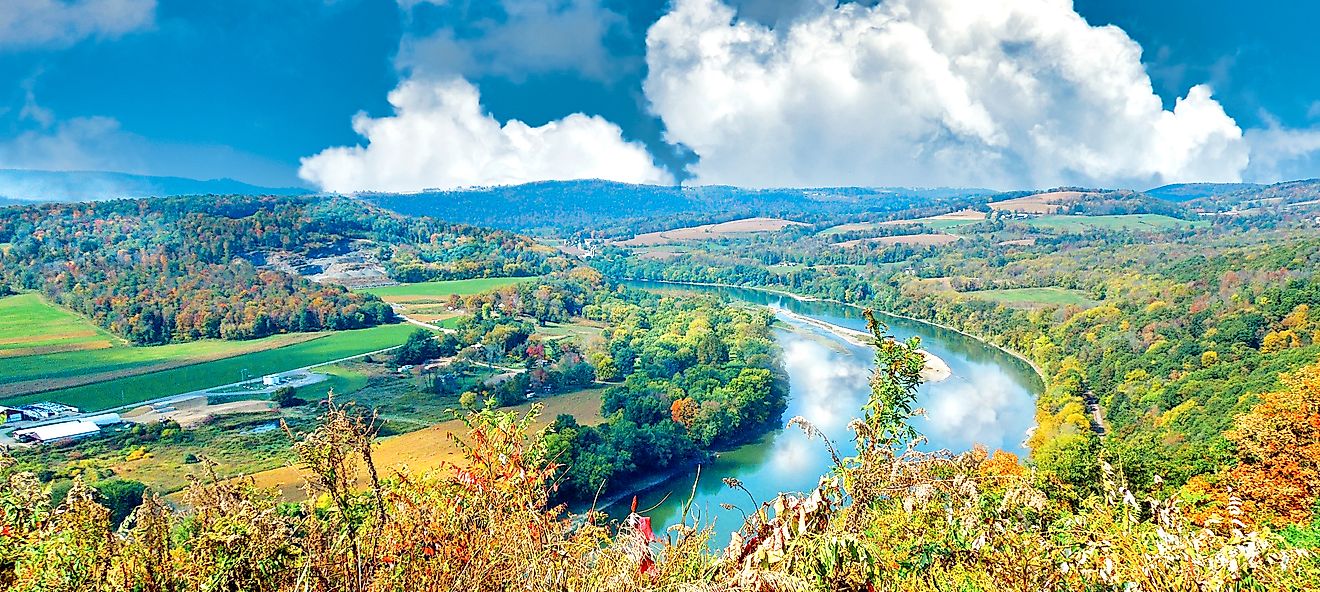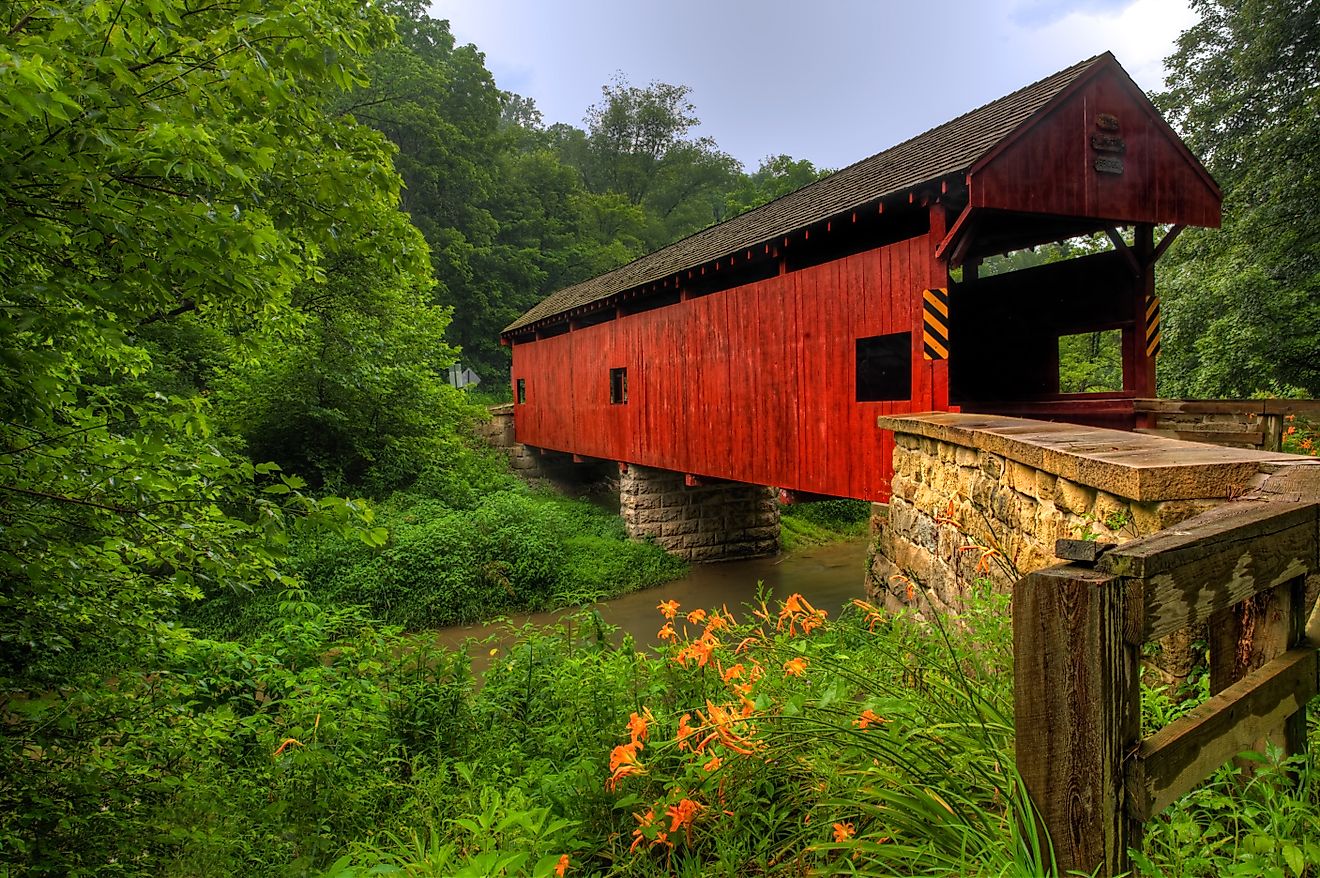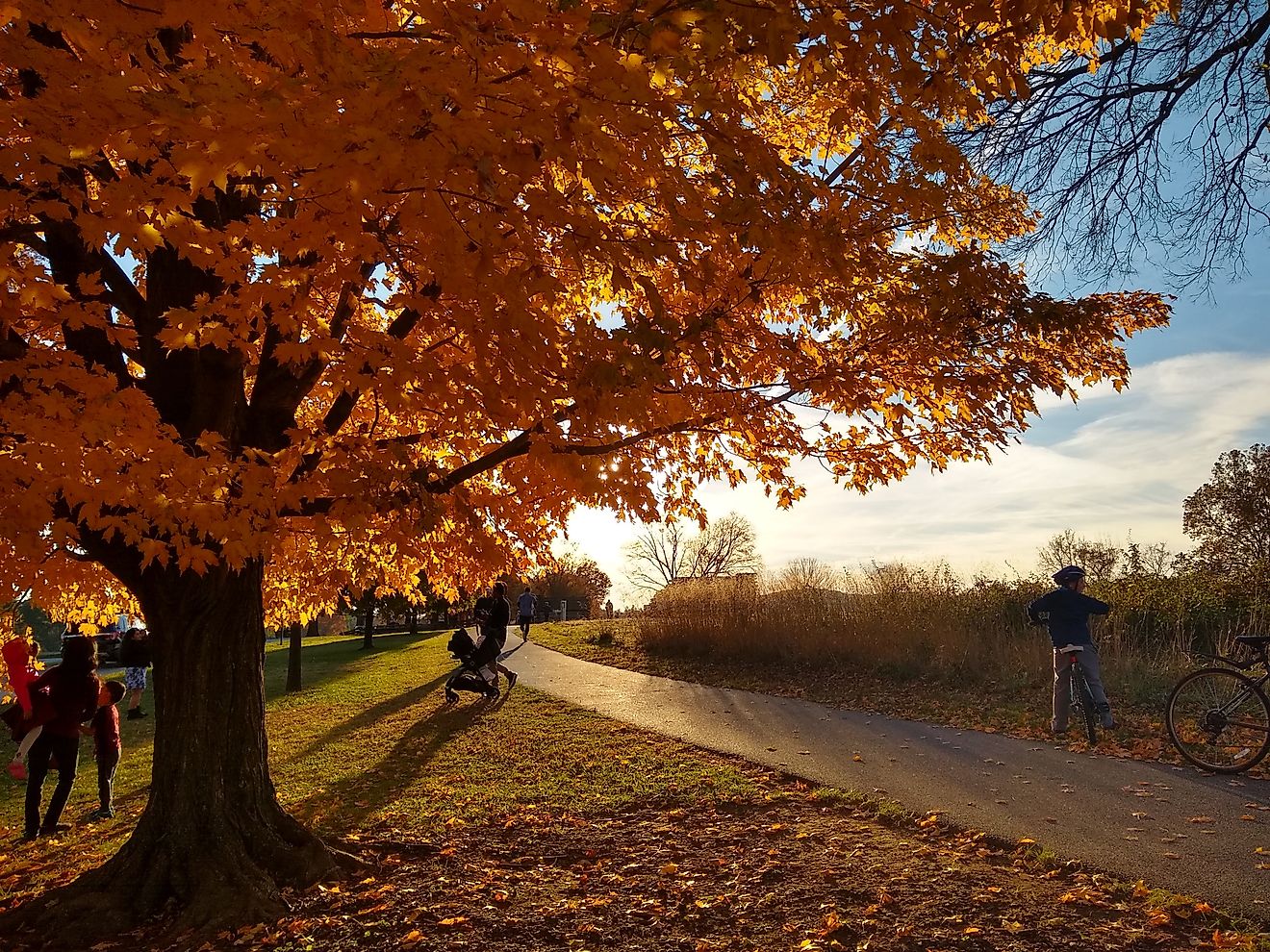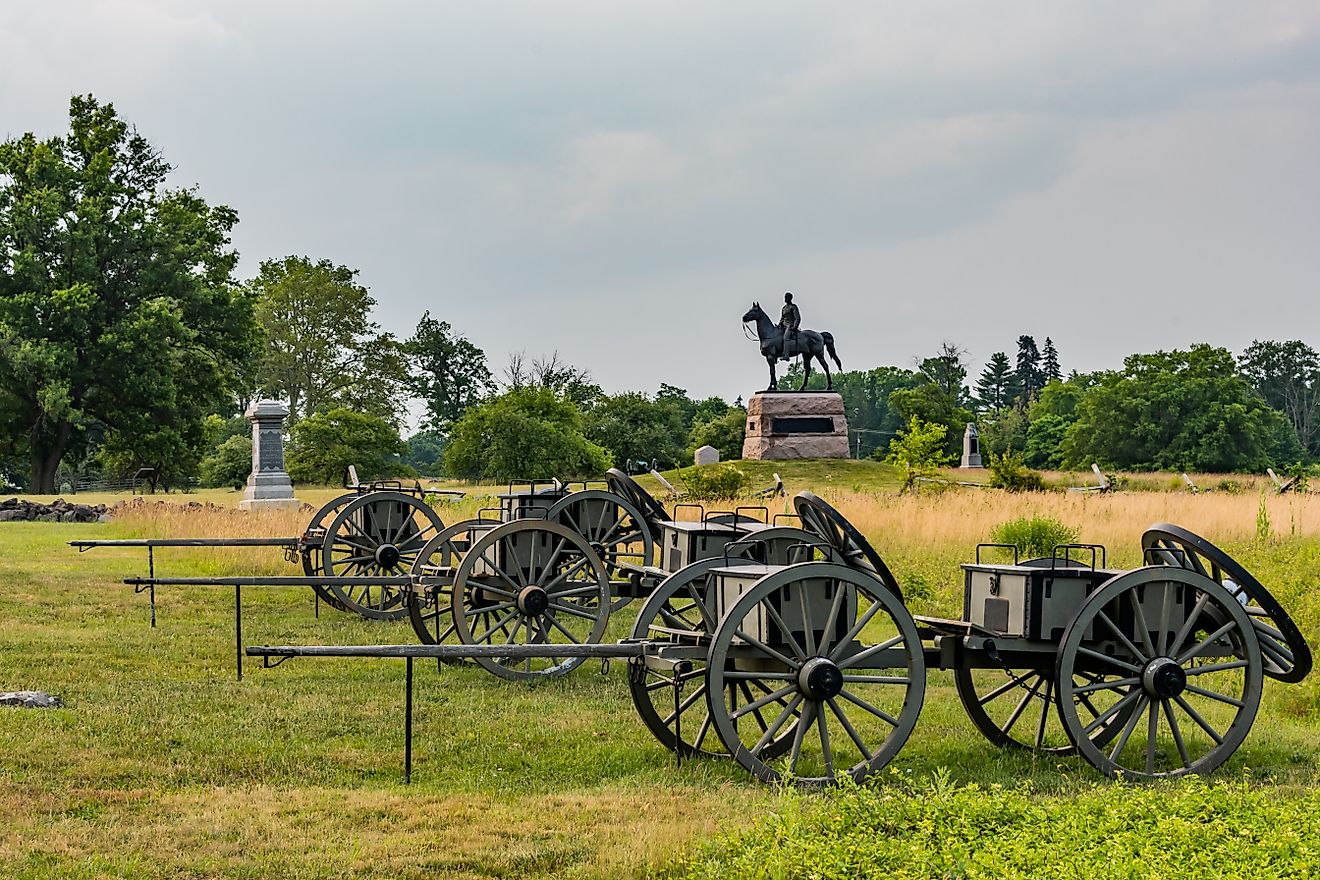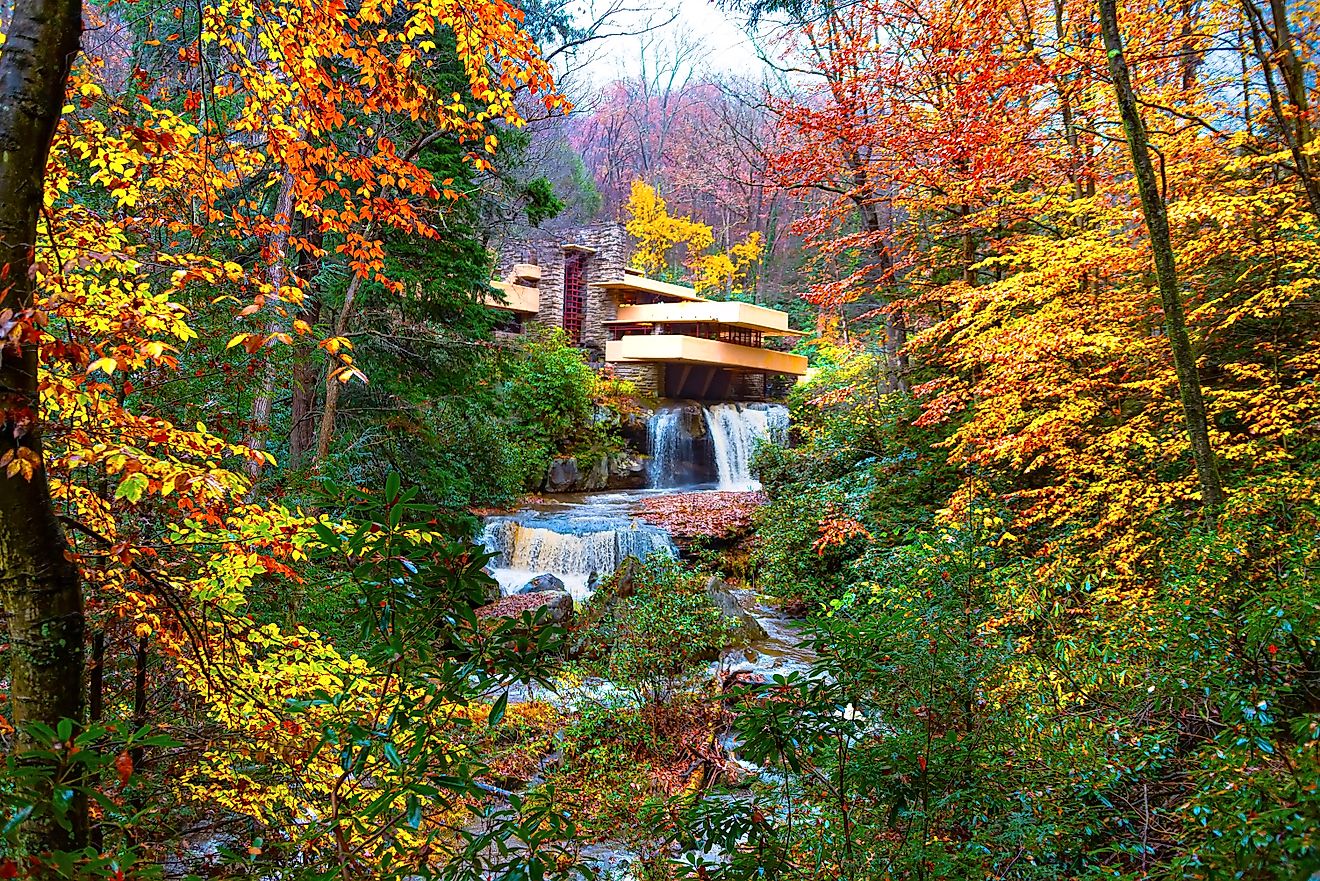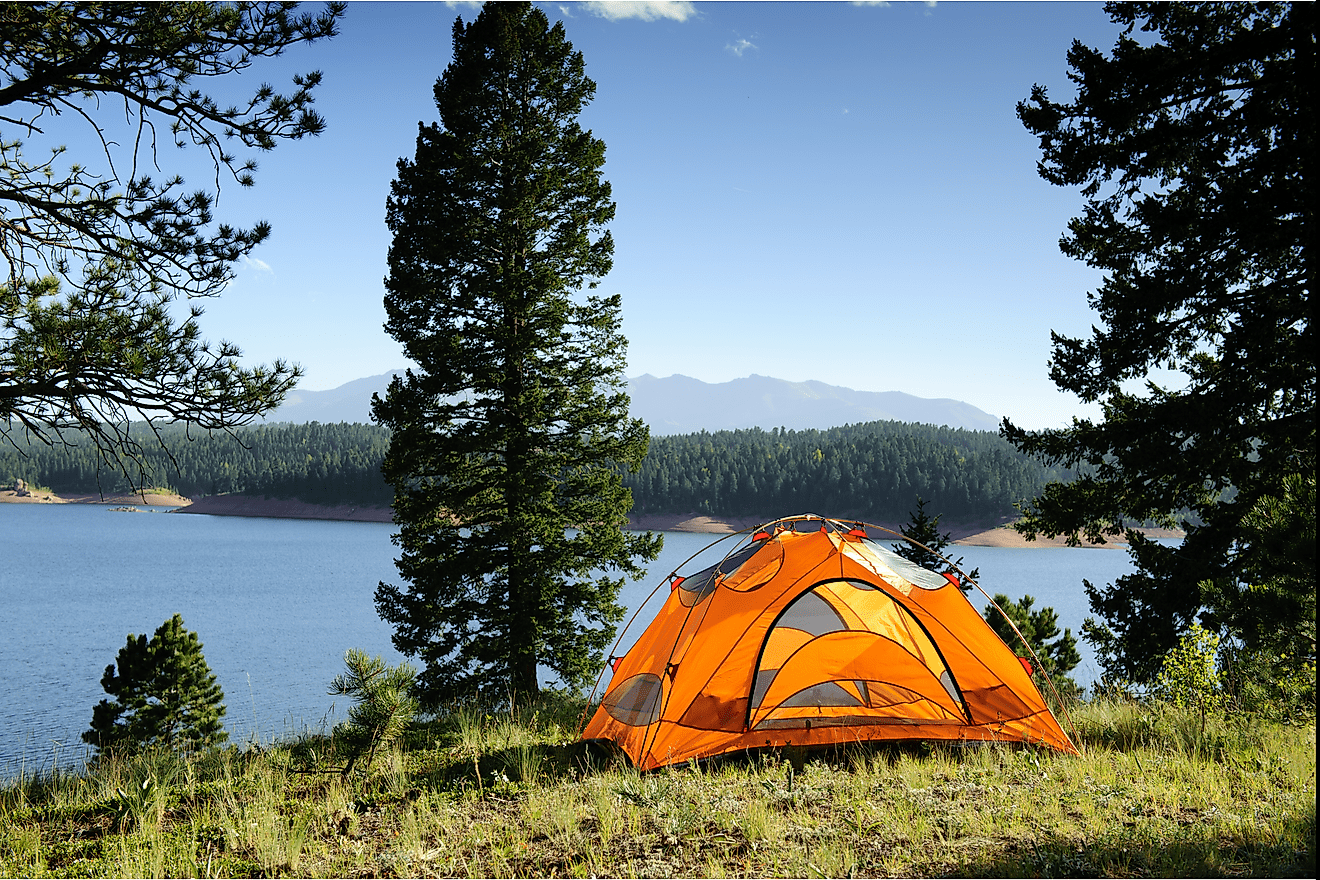
Allegheny National Forest: Pennsylvania's Only National Forest
In the northwestern corner of Pennsylvania lies a vast, rugged landscape that few outside the state know by name—yet it covers more ground than any state park, stretches across four counties, and shelters some of the most biologically rich hardwood forests in the East.
Allegheny National Forest, the only national forest in Pennsylvania, is a 514,029-acre expanse of dense woods, remote rivers, wilderness islands, and a man-made lake that transformed the region. More than a scenic retreat, this is a forest forged by clear-cutting, reclaimed by science, and now managed for everything from timber and trout fishing to kayaking and off-grid camping.
Where Industry Once Ruled, Nature Has Reclaimed
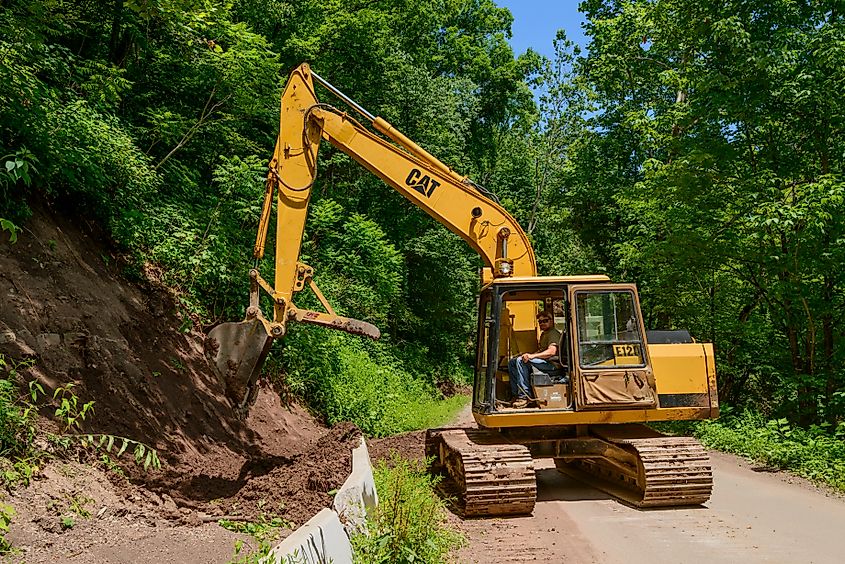
The story of Allegheny National Forest is one of radical transformation. In the late 1800s and early 1900s, these hills were stripped nearly bare by the booming timber and oil industries. Logging camps and drilling rigs once dominated the Allegheny Plateau.
But in 1923, the US Forest Service stepped in. For over a century, the agency has overseen a massive ecological restoration effort. Today, the forest is a thriving second-growth ecosystem filled with black cherry, maple, oak, and beech. Many of them were planted or regenerated after the industrial era. The uniform age of these trees is no accident. They are the legacy of a rewilding effort that now supports both wildlife and sustainable forestry.
A Reservoir Carved by Dam and Controversy
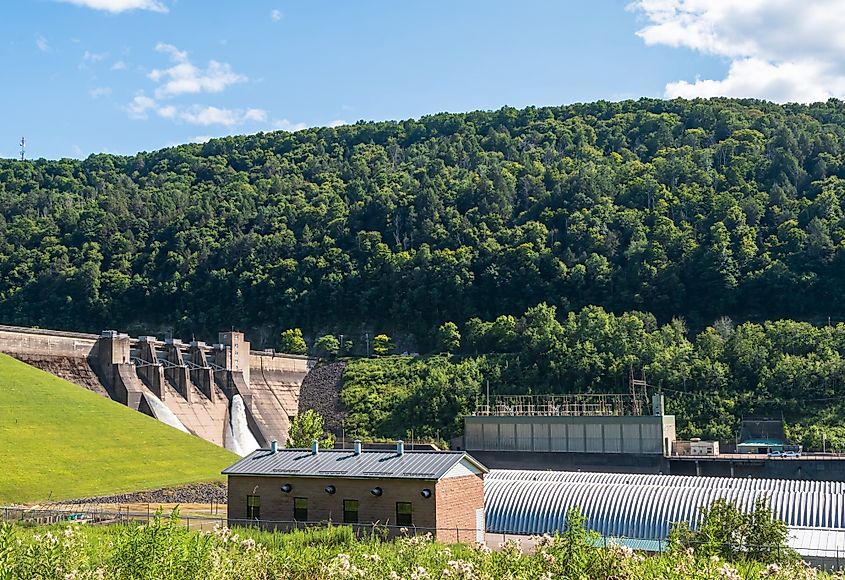
The centerpiece of the forest is the Allegheny Reservoir, a 27-mile-long lake backed by the Kinzua Dam. Completed in 1965 for flood control, the dam flooded more than 12,000 acres and displaced entire communities—including members of the Seneca Nation.
Controversy aside, the 90-mile shoreline of the reservoir is now one of the most visited spots in the forest. Boaters, kayakers, and swimmers flock to its waters in summer. In autumn, its reflective surface mirrors the turning leaves, creating a photographer’s dream.
Fishing is strong here, with walleye, bass, northern pike, and trout among the most sought-after species. Boat launches and campgrounds are scattered across the lakeshore, many offering panoramic views of the water and surrounding ridges.
A Forest Shaped by Water
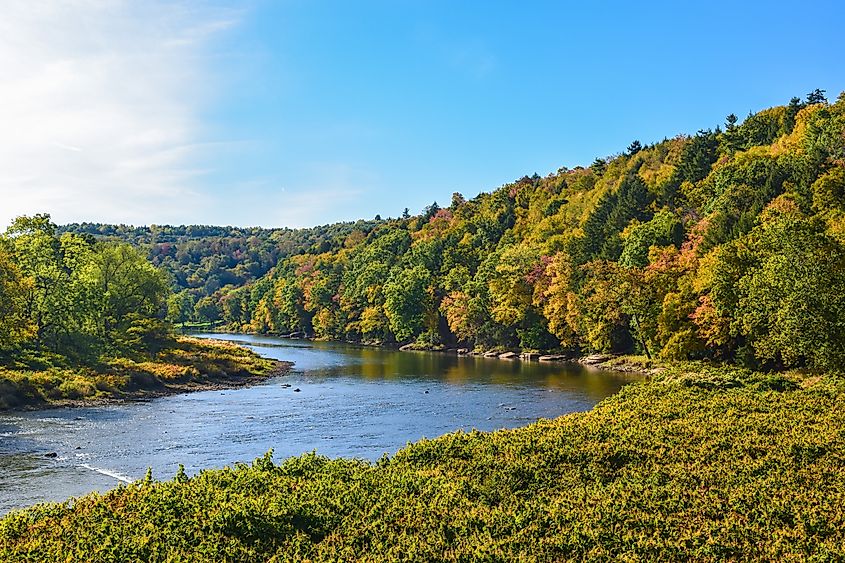
Flowing through the forest are two federally protected Wild and Scenic Rivers—the Allegheny River and the Clarion River.
-
The Allegheny River, from Kinzua Dam to Emlenton (86.6 miles), are protected for their undeveloped banks and clean waters. Paddlers often spot bald eagles along this stretch, and the calm current makes it beginner-friendly.
-
The Clarion River, once a cautionary tale of industrial pollution, is now one of Pennsylvania’s greatest comeback stories. Fifty-two miles from Ridgway to Piney Reservoir are preserved, and today the river draws kayakers, anglers, and campers back to its revitalized shores.
These rivers not only anchor recreation but also protect drinking water, fish habitat, and a slice of the forest’s original wildness.
Wilderness Islands and Off-Grid Trails

Few know that Pennsylvania is home to federally designated wilderness areas, but Allegheny National Forest protects two of them.
-
Hickory Creek Wilderness spans 8,663 acres and offers a rare kind of silence. No roads. No power lines. Just one loop trail that cuts through mature hardwood stands and mossy stream valleys.
-
The Allegheny Islands Wilderness is even more remote. Seven islands scattered across the Allegheny River, totaling 368 acres. Accessible only by boat, these islands offer primitive camping and solitude just miles from populated towns.
For those seeking more structured recreation without the crowds, the 23,100-acre Allegheny National Recreation Area delivers. It’s divided into three sections, two flanking the reservoir and a third along the river southwest of Warren. These areas are rich in hiking, wildlife viewing, and lake access.
A Top Destination for Hunters and Anglers

Few places in the Northeast can compete with Allegheny National Forest for public-access hunting and fishing. Pennsylvania leads the nation in hunting licenses, with more than one million issued annually, and this forest is one of the most popular destinations.
Hunters target white-tailed deer, black bear, wild turkey, and grouse, and the forest’s well-managed game habitat continues to produce healthy populations.
Anglers, meanwhile, take to the Allegheny River, Clarion River, and the reservoir for a wide range of species. Pennsylvania consistently ranks in the top 10 for total angler days, and much of that fishing happens in the state’s northwest corner.
Mountain Biking and Multi-Use Trails on the Rise
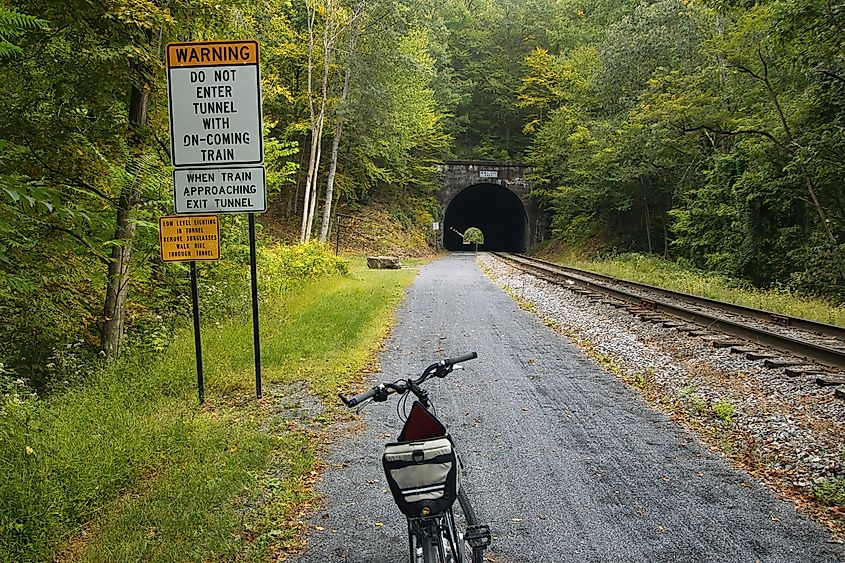
Hunting and hiking may be long-established traditions in Allegheny, but the last two decades have seen an explosion in another activity: mountain biking.
Former logging roads and trails are now popular year-round with bikers. Trails range from rolling gravel to more advanced singletrack loops. The forest’s mixed elevation and dense tree cover make it a perfect setting for both casual riders and more adventurous cyclists.
In winter, the same trail networks serve snowmobilers, cross-country skiers, and snowshoers, making Allegheny a true four-season destination.
Built to Serve Many Needs
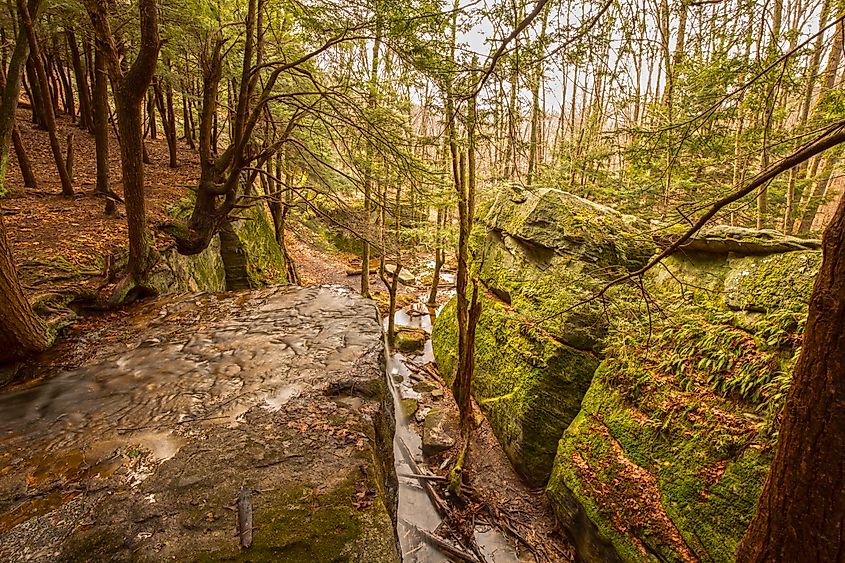
Allegheny National Forest embodies the Forest Service’s mission of multiple-use management. This means balancing recreation, conservation, timber, and resource extraction. While controversial at times (particularly with oil and gas leasing), the forest’s mandate requires it to meet the needs of industry, wildlife, and the public.
The forest provides:
-
Sustainable timber harvesting
-
Oil and natural gas leasing, especially in tracts with historic mineral rights
-
Habitat protection for a wide range of species
-
Cultural preservation, including Seneca heritage and historic logging sites
-
Public access for camping, fishing, boating, and hiking
This delicate balancing act has made Allegheny one of the most productive and carefully managed national forests east of the Mississippi.
Planning a Visit

Visitors can access the forest through two ranger districts:
-
Marienville Ranger District (south end)
-
Bradford Ranger District (north end)
Developed campgrounds near the Allegheny Reservoir offer amenities like water access, picnic shelters, and RV hookups. Dispersed camping is also permitted in most areas, especially for those seeking solitude.
Because cell coverage is inconsistent, travelers are advised to bring printed maps or download offline versions in advance.
More Than a Forest, a Legacy
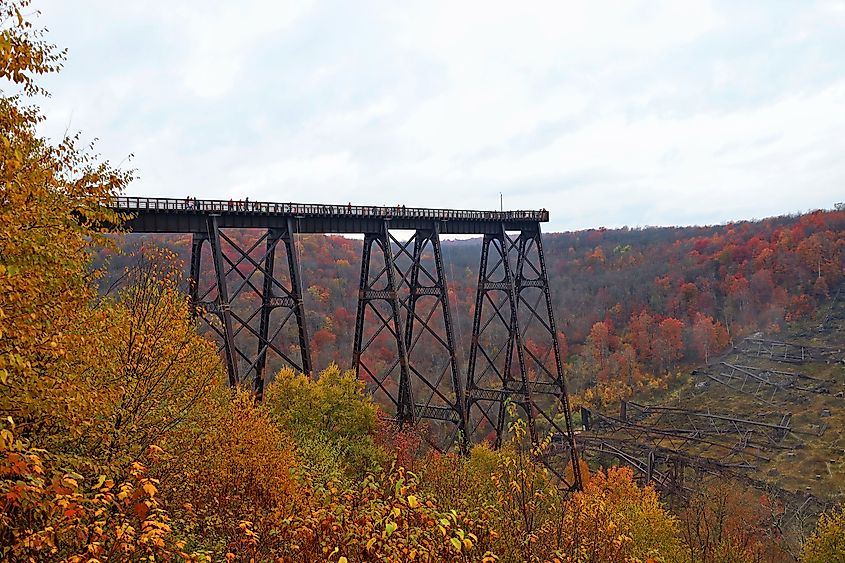
Allegheny National Forest is not a relic of untouched wilderness. It’s something more complex and more inspiring. This is a forest that was nearly erased, then rebuilt. A landscape shaped by fire, logging, and flood that has become a haven for both people and wildlife.
It stands today as a model for how conservation, recreation, and industry can coexist if carefully managed. And for visitors, it offers something rare in the Northeast: room to roam, rivers to paddle, and enough silence to hear the wind in the trees.
